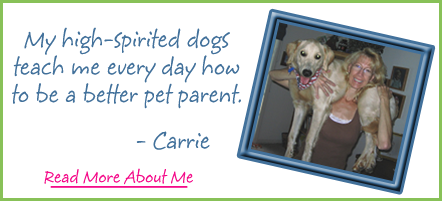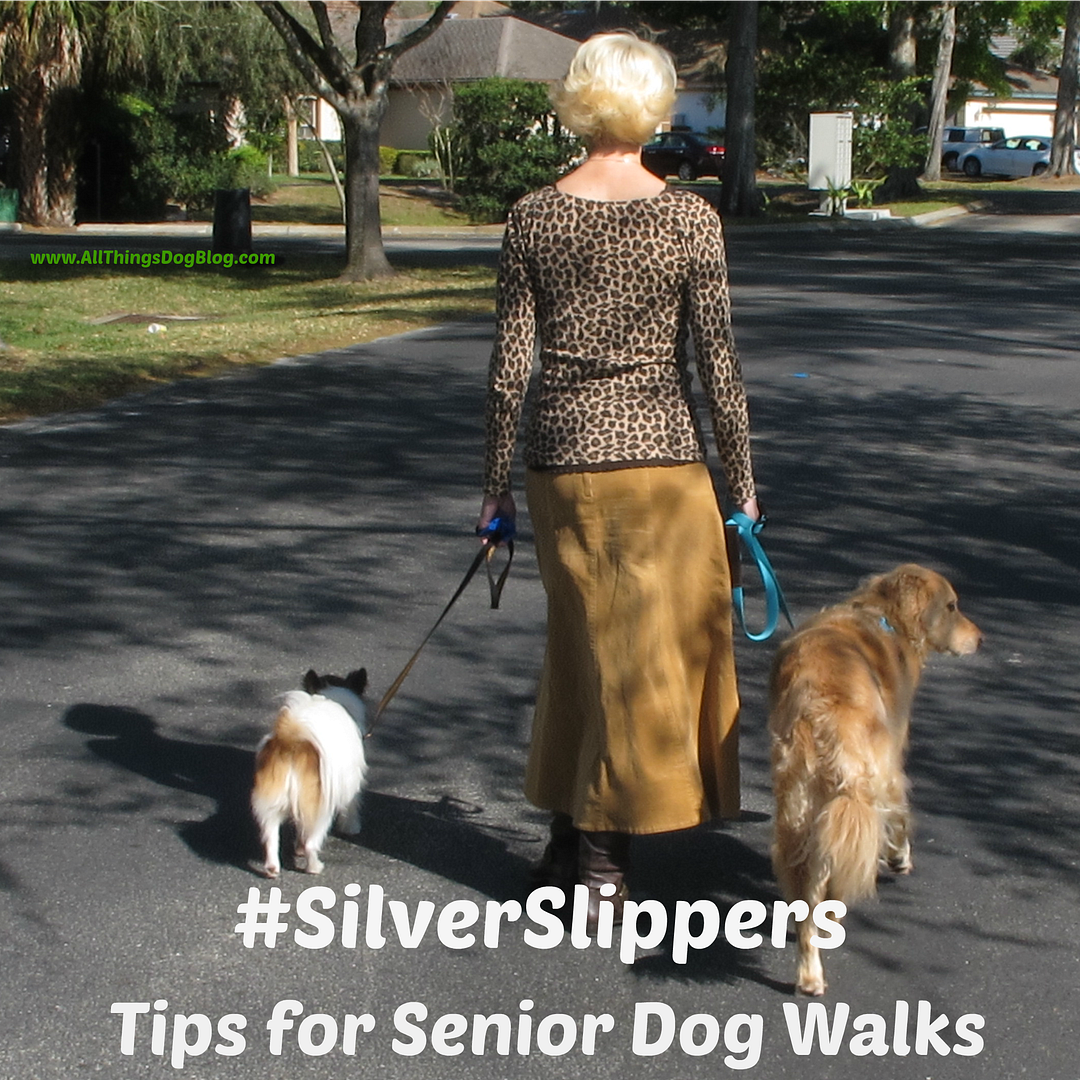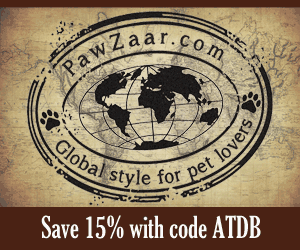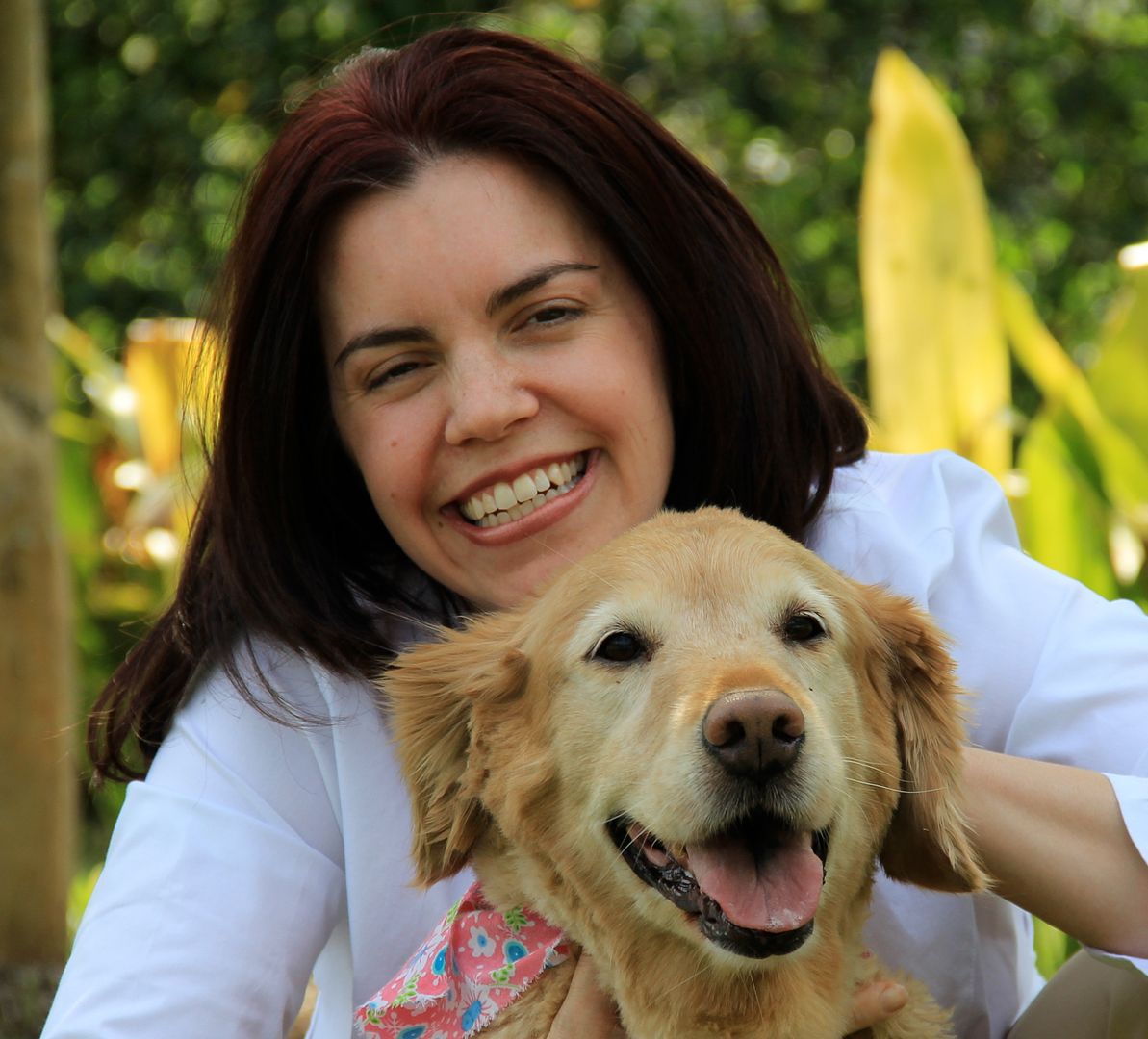 |
| courtesy psda.uk.org |
Did you know that you can directly influence your dog's life span through caloric intake? It's true.
Leaner animals live longer. In 2001, a fourteen year, landmark study in Labrador Retrievers proved that maintaining dogs' ideal body condition extended their life span by 15 percent, which translated into nearly two years.
In addition to living longer, lean dogs stay healthy longer! Fatty tissue produces inflammatory hormones which cause chronic inflammation. This persistent inflammation can lead to osteoarthritis, heart disease, diabetes, and certain types of cancers. Additionally, excess weight often results in lethargy, injury, and chronic pain.
One out of every two adult dogs is overweight, as defined by being 15% above ideal weight. What is ideal?
I prefer to consider body condition score, a hands-on assessment of weight based on frame, as opposed to straight body mass. Here's the gold standard:
- Ribs easily palpable, with minimal fat covering
- Tapered waist observed behind the ribs when viewed from above (Your dog should not look like a rectangle or oval.)
- Abdomen tucked up when viewed from the side
The scoring system used by The Ohio State University College of Veterinary Medicine is illustrated here.
Studies have also shown that it's never too late for your dog to benefit from a controlled weight loss plan. Consider these tips:
- Find a way to emotionally connect with your dog that doesn't involve food. (Might I suggest long leash walks?)
- The amount of food recommended on commercial packaging is generally way too much for our sedentary adult dogs.
- Actually measure the amount you feed with a real kitchen measuring cup, not a coffee can or ceramic mug.
- Two 10-minute walks per day don't equate to an active lifestyle. Weight loss requires reducing caloric intake below caloric expenditure. Increase your dog's exercise!
- I've heard people complain that their dog got fat after being spayed or neutered. The procedure itself didn't result in obesity, but desexing will decrease your dog's metabolism by up to 35%. Feed accordingly.
- The calories from treats add up quickly. Instead, try green beans, cauliflower, or raw baby carrots.
- Substitute cooked green beans for a portion of your dog's calorie-dense food. I had two Saluki patients who always had a "salad" before dinner.
As with all of your dog's health needs, consult your veterinarian about your dog's weight. Your veterinarian can scientifically calculate your dog's daily caloric requirement. Pets who are "dieting" should be weighted frequently for monitoring. Most veterinary facilities allow clients to stop in and weigh a pet during office hours without an appointment. Also, most veterinary practices can provide you with a computerized print out graphing your pet's weight history. I recommend hanging this on the refrigerator for motivation.
Your dog can't open the pantry for a midnight snack. You control the destiny of his/her girth. You have the power to dramatically improve both the quantity and quality of your dog's life!
Dr. Julie Buzby is a homeschooling mom of seven, American Veterinary Chiropractic Association and International Veterinary Acupuncture Society certified holistic veterinarian, and passionate advocate for canine mobility. She can be found on Twitter @DrBuzby and on Facebook.com/ToeGrips, as well as in our Ask the Vet Archives at the Pet Solutions menu bar item.
Dr. Julie's opinion or advice does not replace an actual exam with a veterinarian.








































2 comments:
BoingyDog said...
Thank you so much for this, especially point #4. This is what I discuss with many of my friends who believe taking their young dogs out to pee is enough exercise. Kayo has the opposite issue - we've very active and I'm still trying to figure out how much to feed her. Her metabolism is so high and she loses weight easily. I'm still in the teeter of too little, then too much food and trying to find the right balance. Thank you for a great post!
Anonymous said...
I really appreciate this post. I have one slightly husky Cairn Terrier. We've been working hard on getting him back to his more ideal weight. He is a larger Cairn, so I know he will never (nor should he ever) be the standard 14lbs, but it doesn't hurt to get him lean. He now runs with me (no more than 2 miles/3 times a week), and he doesn't get too many treats. He doesn't seem put off by his new life at all, which makes me feel good :)
Post a Comment